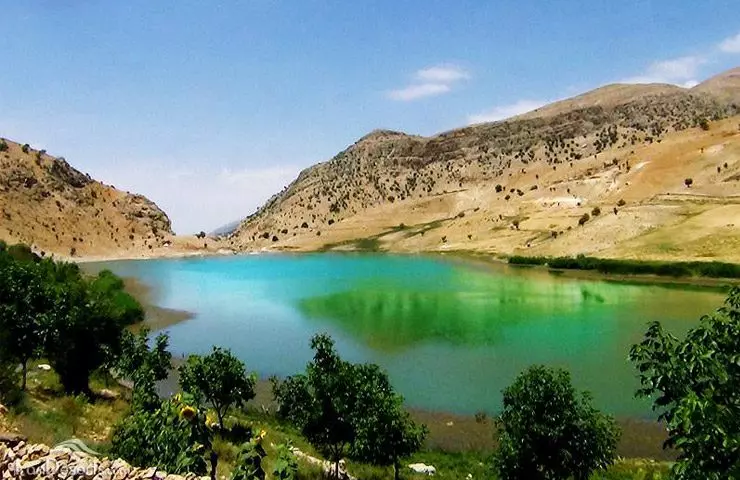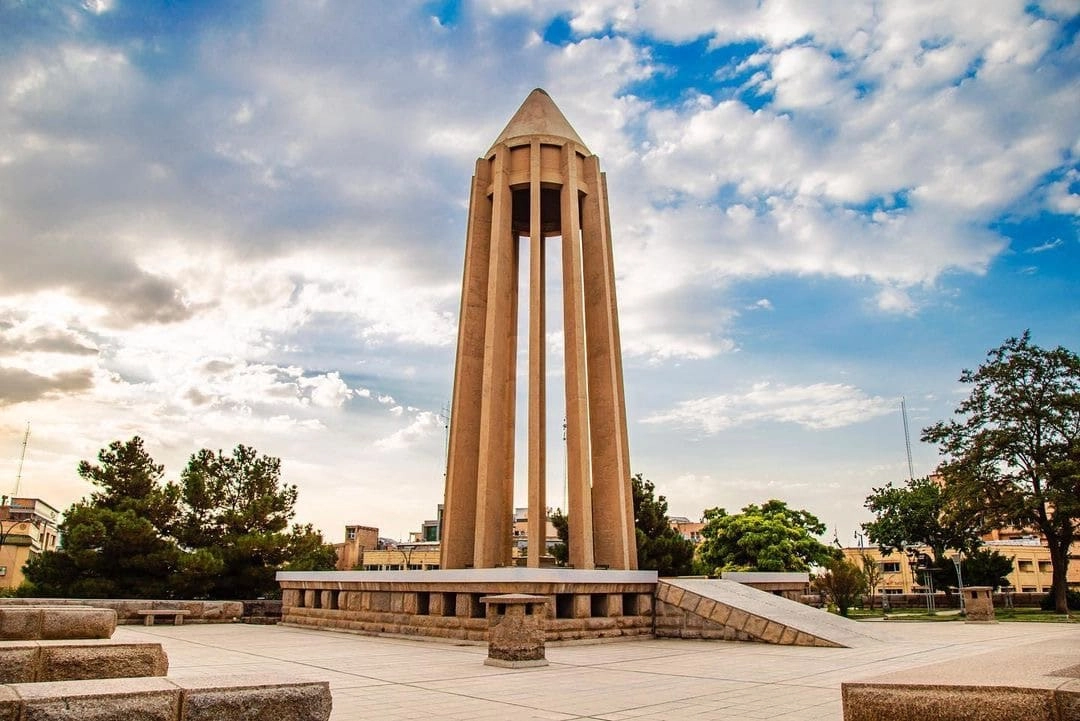Qazvin: Culture, Architecture & Flavors in One City

- maryam jafary
- 13 August 2025
- Iran
- 4 minutes
A Unique Introduction to Qazvin Province: Where History and Nature Shake Hands
Qazvin Province is one of those rare places where, once you step onto its soil, it feels as though you’ve entered a living museum of history, culture, and flavors. Every corner here holds centuries of stories, architectural masterpieces, and natural beauty waiting to be discovered. Whether you’re chasing the grandeur of Persian historical architecture, savoring Qazvin’s traditional food, or uncovering hidden gems in Iran, Qazvin offers it all—and more.
The Enchanting Legacy of Qazvin: A Complete Qazvin Travel Guide
Safavid Architecture Iran & Persian Historical Treasures
Qazvin once served as the glittering capital of the Safavid dynasty, and that legacy still whispers through its monuments. The Qazvin Chehel Sotoun Palace, built under Shah Tahmasp I, showcases intricate frescoes, calligraphy, and geometric tilework that exemplify Safavid architecture in Iran. Alongside it, the Aali Qapu Gate, adorned with colorful tiles, is a timeless reminder of the city’s grandeur.
The Jameh Mosque of Qazvin—one of the oldest mosques in Iran—fuses Abbasid, Seljuk, and Safavid elements into a breathtaking display of Persian craftsmanship. Another must-see is the Sa’d al-Saltaneh Caravanserai, one of the largest covered caravanserais in the world, now home to artisan shops and vibrant cafés.

Qazvin Old Bazaar & Cultural Heartbeats
The Qazvin old bazaar is a sensory journey through vaulted alleys heavy with the scent of saffron, sumac, and fresh herbs. Built centuries ago, it remains a vital meeting place for locals and travelers alike. Nearby, Sepah Street, the first planned street in Iran, leads straight to the Aali Qapu Gate—an urban masterpiece from the Safavid period.
Hidden Gems in Iran: Qazvin’s Quiet Corners
Beyond the well-known sites, Qazvin hides treasures waiting for curious travelers. You can discover centuries-old water reservoirs (ab anbars) that once sustained entire neighborhoods. The Qajar Bathhouse, now an Anthropology Museum, is another gem. The quaint Cantor Church reflects Qazvin’s multicultural history. These lesser-known spots add depth to any Qazvin travel guide and offer intimate glimpses into the city’s soul.
Best Places to Visit in Qazvin
Alamut Valley & The Assassins’ Castle
Just beyond the city lies the legendary Alamut Valley—a paradise for nature lovers and history enthusiasts. Towering cliffs, emerald valleys, and the ruins of the Assassins’ Castle create one of the most unforgettable hidden gems in Iran. In spring, the valley comes alive with vivid greens and wildflowers. This makes it one of the best places to visit in Qazvin.

Historical Icons Within the City
From the delicate tilework of Chehel Sotoun to the timeless beauty of the Jameh Mosque, Qazvin’s historic core is a visual delight. Don’t miss the Sa’d al-Saltaneh Caravanserai, which offers a taste of Qajar-era elegance. The Qajar Bathhouse tells the story of daily life from centuries ago.
The Ideal Time to Experience Qazvin
Spring (April–June) and autumn (September–November) are the best seasons to explore Qazvin. Mild temperatures allow for comfortable sightseeing—whether you’re wandering the bazaar, trekking through Alamut, or enjoying the city’s gardens.
A Taste of Qazvin: Qazvin Traditional Food & Local Flavors
Flavors That Tell a Story
In Qazvin, food isn’t just nourishment—it’s heritage. The city’s most famous dish, Gheimeh Nesar, is a saffron-infused rice masterpiece topped with pistachios, almonds, orange peel, and tender meat. It’s often reserved for celebrations and is a must-try for any visitor.
Another local specialty is Qazvini baklava, known for its drier texture, cardamom aroma, and three layers of nut-filled pastry. For a more rustic experience, taste Deymaaj—a traditional bread-and-buttermilk dish mixed with herbs, walnuts, and fried onions. And for dessert, Nan-e Chayi and Nan-e Berenji melt effortlessly in your mouth.
The Art of Qazvin’s Hands: From Engraving to Turquoise Enamel
Metal Engraving: An ancient art performed with great precision on copper, brass, or silver vessels.
Minakari: A painting technique that uses vibrant colors on metalware and has found new life in Qazvin.
Carpet Weaving: With indigenous patterns and natural colors, these weavings create pieces of art on the loom, like fragments of a dream.
Copperware: The art of crafting copper vessels, which has long been popular in Qazvin. This industry produces items such as pots, trays, and jars, which are not only functional but also beautifully crafted.
Tile Painting: An art form with delicate and precise patterns on colorful tiles, which is one of the unique features of Qazvin’s architecture.
Wave Weaving and Band Weaving: These handicrafts use colorful threads to weave fabrics, commonly seen in scarves, tablecloths, and local clothing.
Kilim Weaving: Kilim weaving in Qazvin is done using natural fibers and traditional designs. These kilims, with their geometric patterns and distinctive colors, are an integral part of the daily life of the people of Qazvin.

Why Qazvin Should Be on Your Travel List
Qazvin is more than just a stop on a map. It’s a destination where Persian historical architecture blends with living tradition. The Safavid architecture in Iran shines at every corner. Each meal tells a centuries-old story. From the bustling Qazvin old bazaar to the serene heights of Alamut Valley, Qazvin offers something for every traveler. Hidden Safavid water reservoirs and delicious Qazvin traditional food complete the experience, offering a rich cultural immersion.
At Persis Collection, we celebrate Qazvin’s artistry by curating authentic handicrafts, gourmet foods, and cultural treasures inspired by this extraordinary province—delivered to your doorstep anywhere in the world. Whether you’ve walked Qazvin’s streets or dream of doing so, you can hold its beauty in your hands.









Comments